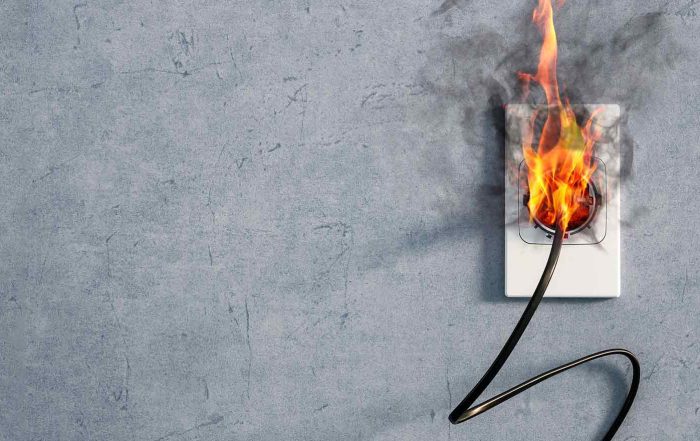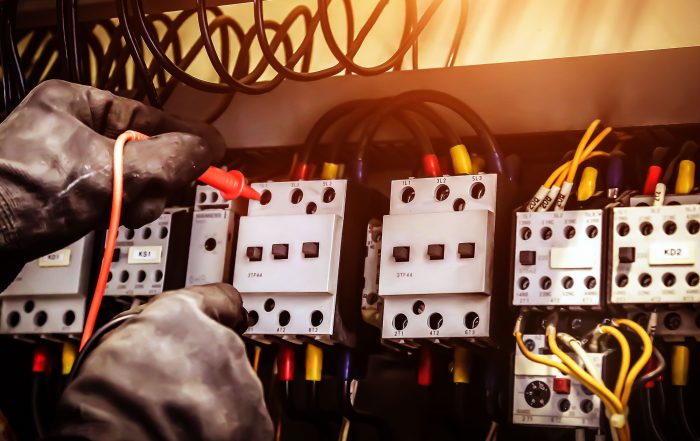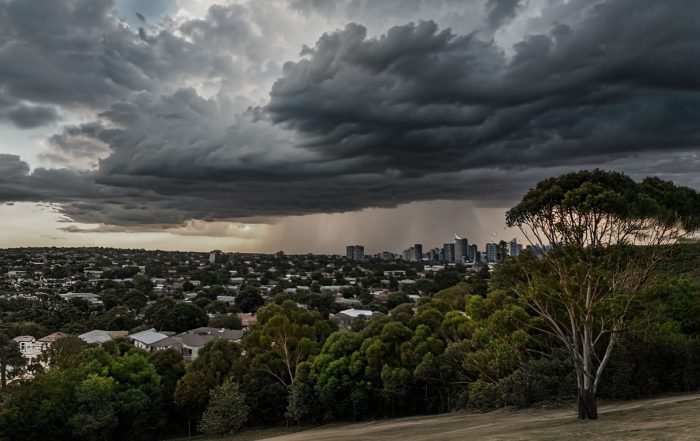How to Read Your Electricity Meter
How to Read Your Electricity Meter
Have you ever had the experience of opening your electricity bill only to see an amount to pay that gives you a shock? When temperatures skyrocket or the kids are on break from school and you’re watching way more TV, your electricity bill can easily start to take on a life of its own.
Whether you are trying to keep down your monster of an electricity bill or simply want an easy way to cut down on your household expenses, one valid option is to check your electricity meter regularly to make sure you’re not being charged for electricity you’re not using.
Your electricity meter measures how much electricity is being used on your property. There are a few different types of meters used today and most are fairly easy to access, unless you are in an apartment or high-density area where access may be limited.
Precautions
When you read your electricity meter, it’s important to remember some of the possible hazards you could run into, one of them being a damaged or degraded housing box. Most meters are kept in sturdy, well-built housing to protect them for years. But these same meters and housing units are outside and often subjected to the elements – anything from excessive heat or cold, to animals or poor weather. All natural factors can contribute to your meter housing’s state. If you notice any obvious damage, including exposed wires or melted areas, don’t touch the meter and housing or make an attempt at repairs. Contact the electricity company instead.
If your meter and housing are in good condition and you are able to access them, it’s time to read the meter. There are three main types of meters: Clock-face meters, electronic meters, and smart meters. The method of reading and understanding your reading varies slightly based on the type of meter you have.
Clock-Face Meters
If you have a clock-face electricity meter, you should see a few small clock faces, each with numbers 0 to 9. With this type of meter, you will note the number on each clock face, reading them from right to left and making note of each number. If the dial on the clock face falls between two numbers, note the number that is lower from the top of the clock face. That may not be the lower number numerically. You may also see an additional dial that is labeled with 1/10. That isn’t used for your reading so feel free to ignore it. Once you have all the numbers from the dials, reading them left to right will give you your kilowatt hours. Find the meter reading from your last bill and subtract it from the reading you just took to find your usage for the period since the last billing cycle.
Electronic Meters
If you have an electronic meter, you’re in luck! Reading your meter will be a bit easier. Simply press the button marked “display.” This will display the options to read and your meter might go through a series of displayed numbers. If that’s the case, make note of each number. Once you have the Kilowatt hour reading, follow the same steps as you would with a clock-face meter. Subtract your previous month’s billed usage from the reading you just took and you will have the usage for the current period.
Smart Meters
If you have a smart reader – which you might know as an interval reader – your meter records your usage in 15- and 30-minute increments. Because the readings are recorded this way, you can’t read them manually. The service provider is the only one that can download the data. Most of these meters are read remotely since the smart meter sends the data daily.
Solar Electricity Meters
For those with solar electricity meters, you likely have the more common digital display style, which will cycle through a few pieces of information stored in your meter. Including the date and time, it will also tell you your import to the grid, which is the electricity you generate back into the grid when you are producing more than you use. The import number will also show the total amount of electricity you’ve imported to the grid since your solar electricity meter was installed. Your meter will also display two numbers showing export from the grid. The first is the usage of electricity to run light and power. The second is the usage for running hot water or Off-Peak. Remember, these numbers don’t reflect your total electricity usage, only that from the grid.
Odometer-Style Meters
Another type of meter you might have – and possibly one of the easiest to read – is an odometer-style meter. These types of meters should have an odometer, just like in a car, with the numbers read left to right. This will give you the kilowatt-hours you’ve used and again, subtract your previously billed usage from this.
Final Thoughts
Maybe you just want to see your average electricity bill or how it trends? You can view your previous electricity bills online with diagrams and graphs that are easy to read and understand. But, if you’re like many of us looking to find ways to cut costs in our homes, keeping track of your usage manually can help you to see trends in your household electricity usage and give you a way of predicting your next bill.



